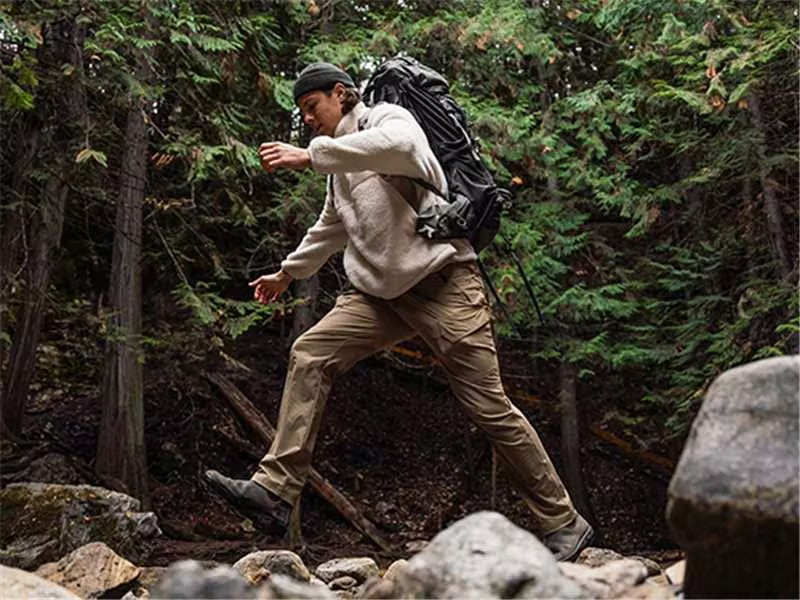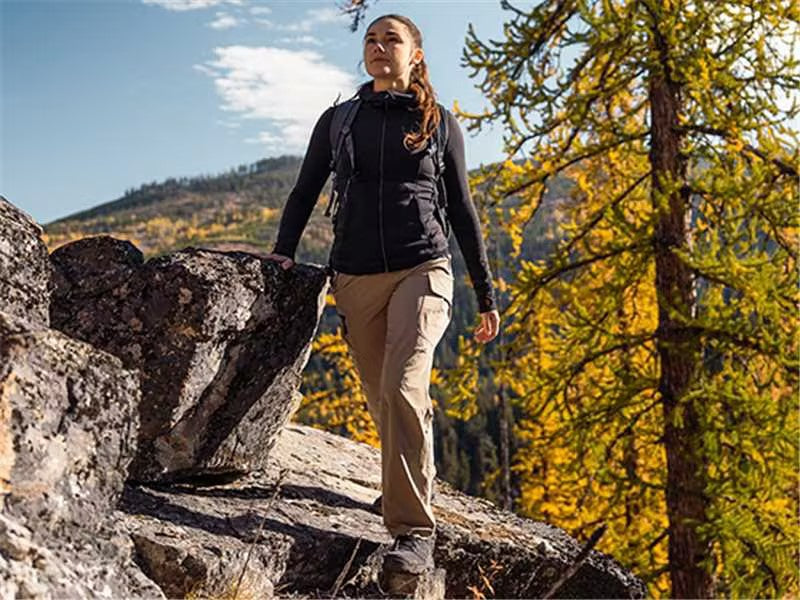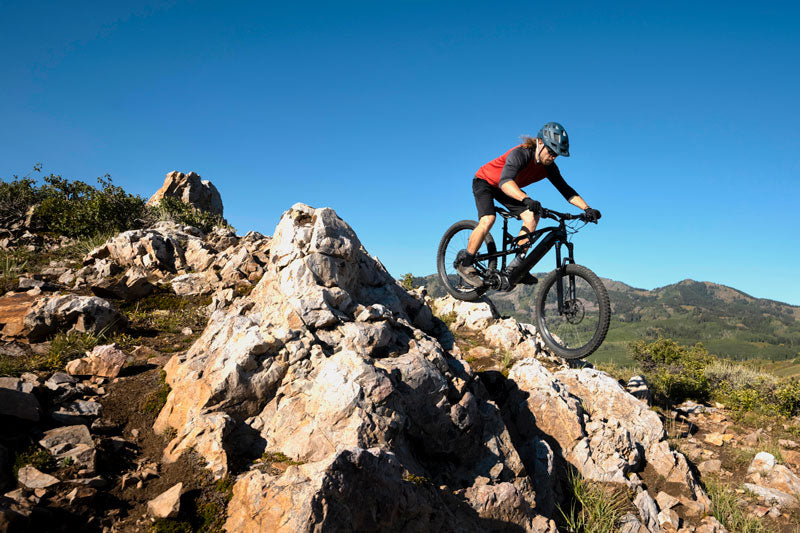Hiking and Breathing Techniques
Hiking is a popular outdoor activity that requires proper techniques to enhance the experience and ensure safety. Here are professional tips for hiking and breathing techniques:
1. Sleep Walking Method:
- Adopt a natural and relaxed running pace while maintaining a half-closed eye to focus on the path.
- This method helps to relax the mind and body, allowing you to forget about fatigue and rest while walking.
- Long-distance hiking requires managing excitement levels to maintain a sustainable pace.
- Find a balance between not starting too fast and not starting too late to maintain endurance throughout the hike.
- When hiking uphill with a heavy load, regulate your breathing to optimize energy and endurance.
- Inhale before taking a step and exhale while stepping forward. Adjust your pace if you feel out of breath.
- Shorten your stride and continue the breathing pattern if needed. This technique improves breath control and reduces the risk of altitude sickness.
- Utilize the rest step technique to provide relief to leg muscles during uphill climbs.
- Ensure each step is taken with a straight leg, allowing the leg muscles to rest.
- Avoid keeping the knee bent for extended periods, as it can lead to muscle fatigue and cramps.
- When walking on moderately steep gravel slopes, maintain full contact between the shoe sole and the slope for maximum friction and energy-saving movement.
- If concerned about falling, you can use a horizontal stride or rely on toe force, but it may require more effort.
- For steeper gravel slopes, use leg strength to push the shoe into the slope or create a foothold platform for easier movement.
- When descending, use the heel to step down, creating footing points on the gravel slope before continuing the descent.
- Blisters are a common issue during hiking. To treat blisters, cut a piece of Velcro cloth three times the size of the blister.
- Cut a hole in the center of the cloth to match the size and shape of the blister, then place the cloth around the blister to cushion and prevent further friction.
- Use 3M breathable paper tape to seal and secure the blister. This treatment helps alleviate pain and allows for continued hiking.
- If any discomfort or pain is felt in the feet, stop and check for blisters. Apply 3M breathable tape to painful areas or use the Velcro method for existing blisters.
Remember not to puncture blisters, as it can lead to infection. Pay attention to foot health and address any issues promptly for a comfortable hiking experience.
By following these professional tips, hikers can enhance their hiking skills, improve endurance, and maximize enjoyment while exploring the great outdoors.
Moosehill Outdoor Clothes Women
--- END ---
For more details about hiking Clothing , please click here to choose the best-fitting products!

【Hiking Advice】
· The Golden Rules for Hiking in 2024
· Hiking Tips for Beginners
· Top 7 Most Common Mistakes When Hiking
【Biking Advice】
· What shorts do Mountain Bikers wear?
· Why Are Mountain Bike Shorts Padded Instead of the Seat?
· Comfortable and Stylish: 5 Expert Tips for Bike Shorts
【Golfing Advice】
· Do You Wear Pants or Shorts to Golf?
· Quick Guide: Choosing the Perfect Golf Pants
· 4 Tips to Efficiently Choose Your Golf Clothing and Accessories
【Ski & Snow Advice】
· What pants are good for snow
· Can Snow Pants Be Used as Rain Pants?









